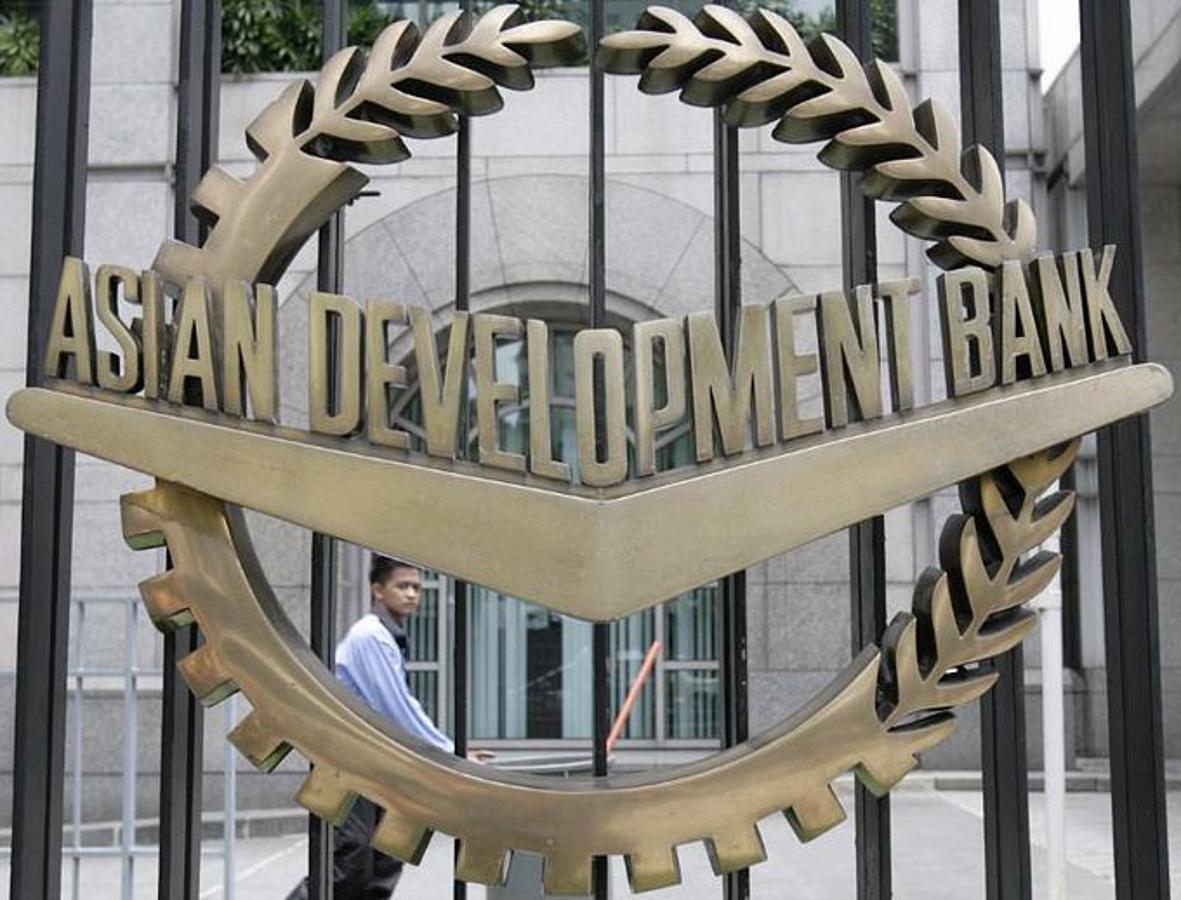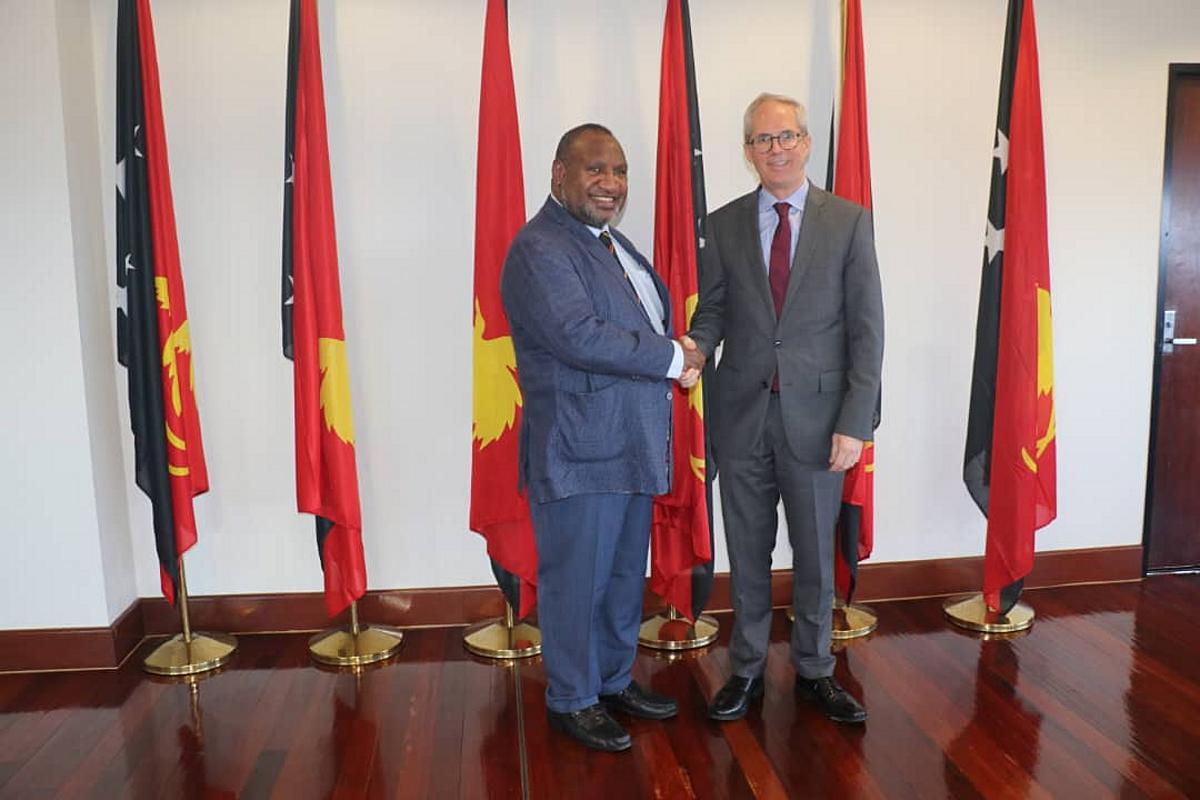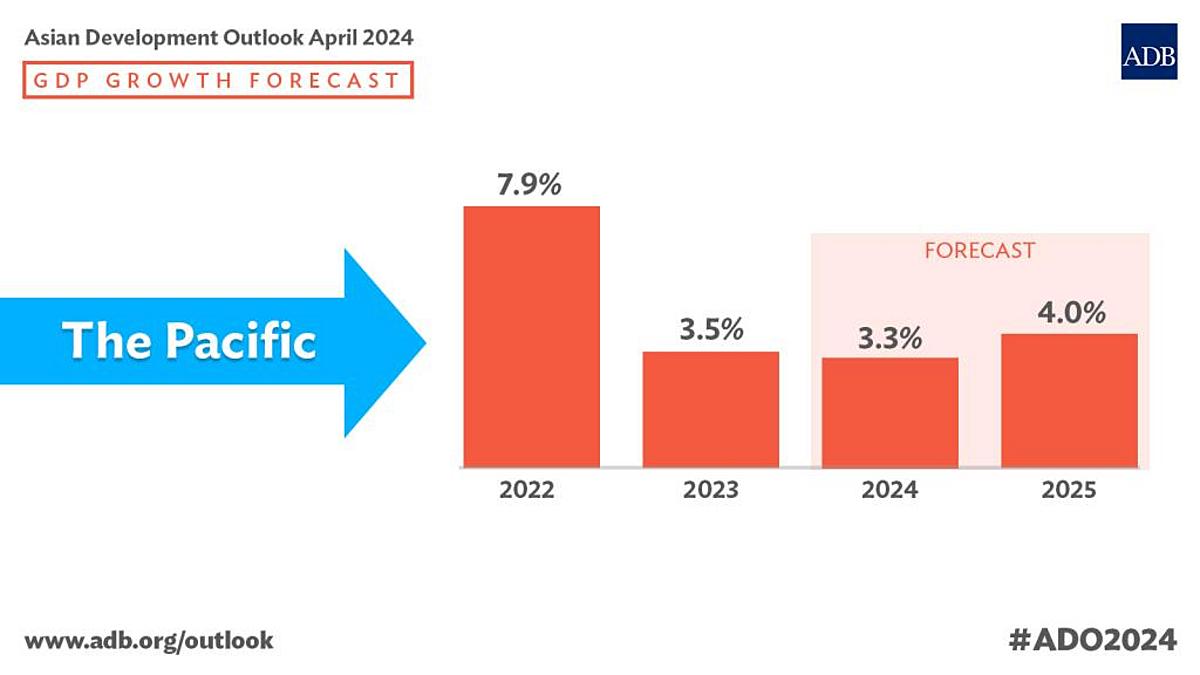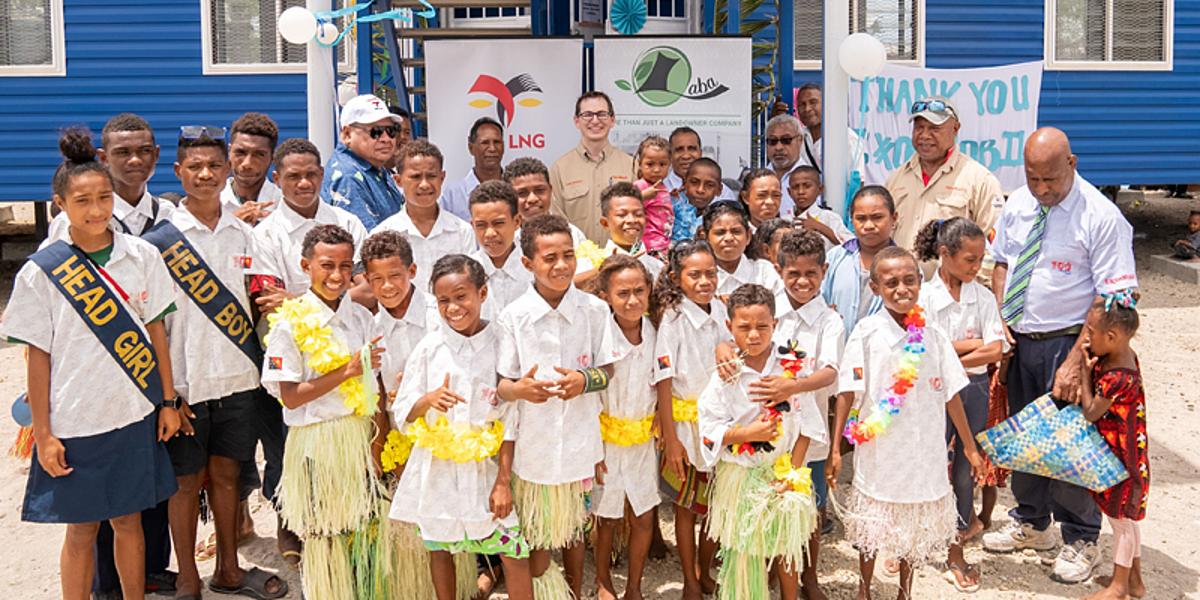Photo credit: Asian Development Bank
After 2 years of recession caused by the coronavirus disease (COVID-19) pandemic, the Pacific is expected to return to positive growth this year, according to the Asian Development Outlook (ADO) 2022, ADB’s flagship economic publication, which was released today.
The economies of ADB’s Pacific developing member countries contracted by 0.6% on average in 2021 as the COVID-19 pandemic continued to weigh down tourism and trade. Growth in the Pacific is expected to resume at an average of 3.9% in 2022 and 5.4% in 2023. Although most Pacific economies are projected to return to growth in 2022, led by the subregion’s tourism-dependent economies as borders reopen, economic contraction is seen to persist in Solomon Islands with COVID-19 community transmission in the first half of the year, as well as in Tonga due to the impacts of an undersea volcanic eruption and tsunami in January.
“Rising vaccination rates will help most of the economies of the Pacific recover from the effects of the pandemic by allowing the safe opening of borders and enabling a return to positive economic growth,” said ADB Director General for the Pacific Leah Gutierrez. “This suggests the Pacific has turned a corner, and that is good news. Now is not the time to be complacent about the vaccine rollout. It is critical for all countries in the subregion to reach a high vaccine coverage. At the same time, efforts to wind back heightened COVID-19 response expenditures, attention to bringing down debt levels, and careful monitoring of inflationary pressures are needed to underpin sustainable and inclusive economic recovery.”
High global fuel prices due to the Russian invasion of Ukraine are compounding inflationary pressures in the Pacific through elevated transportation costs and rising prices of imports. On average, inflation in the Pacific is projected to rise sharply to 5.9% in 2022, before easing to 4.7% in 2023. High inflation poses a risk to recovery by potentially constraining economic growth through reduced purchasing power and consumption spending.
In 2021, growth in Papua New Guinea (PNG), the biggest economy in the Pacific, was dampened by two COVID-19 surges, underpinned by a very low vaccination rate. Some relief has come from strong commodity prices and fiscal stimulus sustained by ADB and other development partners. Increased mining activities in the second half of the year should contribute to growth of 3.4% in 2022. ADO 2022 says growth in PNG is expected to rise to 4.6% in 2023.
Fiji, the subregion’s second-largest economy, is projected to record 7.1% growth in 2022 and 8.5% in 2023. The opening of the country’s borders in December 2021 gives hope for a revival of tourism, which remains key to a quick economic turnaround and restored employment. However, international competition among travel destinations is likely to be intense, says the ADB report.
After successfully keeping COVID-19 at bay for almost 2 years, community transmission of the virus broke out in Solomon Islands in January this year. ADO 2022 expects the Solomon Islands economy to contract by 3% in 2022 because of restrictions on mobility and domestic transportation, and associated health impacts of the pandemic. While logging activities are expected to decline in 2023, the expected easing of COVID-19 restrictions will increase construction, fishing, and mining, leading to an economic recovery of 3%.
Vanuatu’s economic growth is forecast at 1% in 2022, with growth in public services as well as a recovery in agriculture and construction offset by the domestic transmission of COVID-19, which has delayed the reopening of international borders. Growth is projected to rise to 4% in 2023 as tourism activity revives.
The South Pacific economies of the Cook Islands, Niue, Samoa, and Tonga were, until recently, largely spared the health impacts from community transmission of COVID-19, which allowed time for near-universal vaccine coverage. The report projects growth in the Cook Islands to be 9.1% in 2022 and 11.2% in 2023, supported by a vaccination rate of more than 96% of the eligible population and the acceleration of infrastructure projects to enhance readiness to receive tourists. The economic recovery in Niue will similarly depend on safely easing restrictions and reopening to tourists in the coming months. With no clear sign of borders reopening in Samoa, growth in 2022 is expected to be tepid at 0.4%. Constrained by scarring in the tourism sector, only a slight increase in growth to 2.2% is projected for 2023. The biggest risk to the economic outlook would be any escalation in the community transmission of COVID-19 and a consequent delay in restoring tourism. The delayed reopening of borders in Tonga due to the recent volcanic eruption and community transmission of COVID-19 are likely to slow long-term tourism recovery. ADO 2022 projects an economic contraction of 1.2% for 2022 and a return to positive growth of 2.9% in 2023 assuming borders reopen.
The North Pacific economies contracted in 2021, as travel and mobility restrictions continued to stifle tourism in Palau and trade in the Federated States of Micronesia (FSM) and the Marshall Islands. In the FSM and the Marshall Islands, border reopenings are expected to boost recovery, but this rests on further progress with vaccinations. Economic expansion of 2.2% is expected in the FSM in 2022, accelerating to 4.2% in 2023, while the Marshall Islands economy is projected to return to growth of 1.2% in 2022, picking up to 2.2% in 2023. Growth in the tourism-driven economy of Palau is expected to reach 9.4% in 2022 before accelerating to 18.3% in 2023, provided the effects of the pandemic dissipate, allowing for a gradual return to pre-pandemic levels of international arrivals.
The report projects a pickup in growth in the Central Pacific economies of Kiribati and Tuvalu and slower growth in Nauru in 2022. Surging global oil prices will significantly affect inflation in these import-dependent economies. Growth of 1.8% is expected in Kiribati in 2022, picking up to 2.3% in 2023. Nauru’s economic growth will slow to 1% in 2022 and rise to 2.4% in 2023. Tuvalu will experience 3% growth in 2022 and again in 2023.
ADB is committed to achieving a prosperous, inclusive, resilient, and sustainable Asia and the Pacific, while sustaining its efforts to eradicate extreme poverty. Established in 1966, it is owned by 68 members—49 from the region.
Article courtesy of the Asian Development Bank










